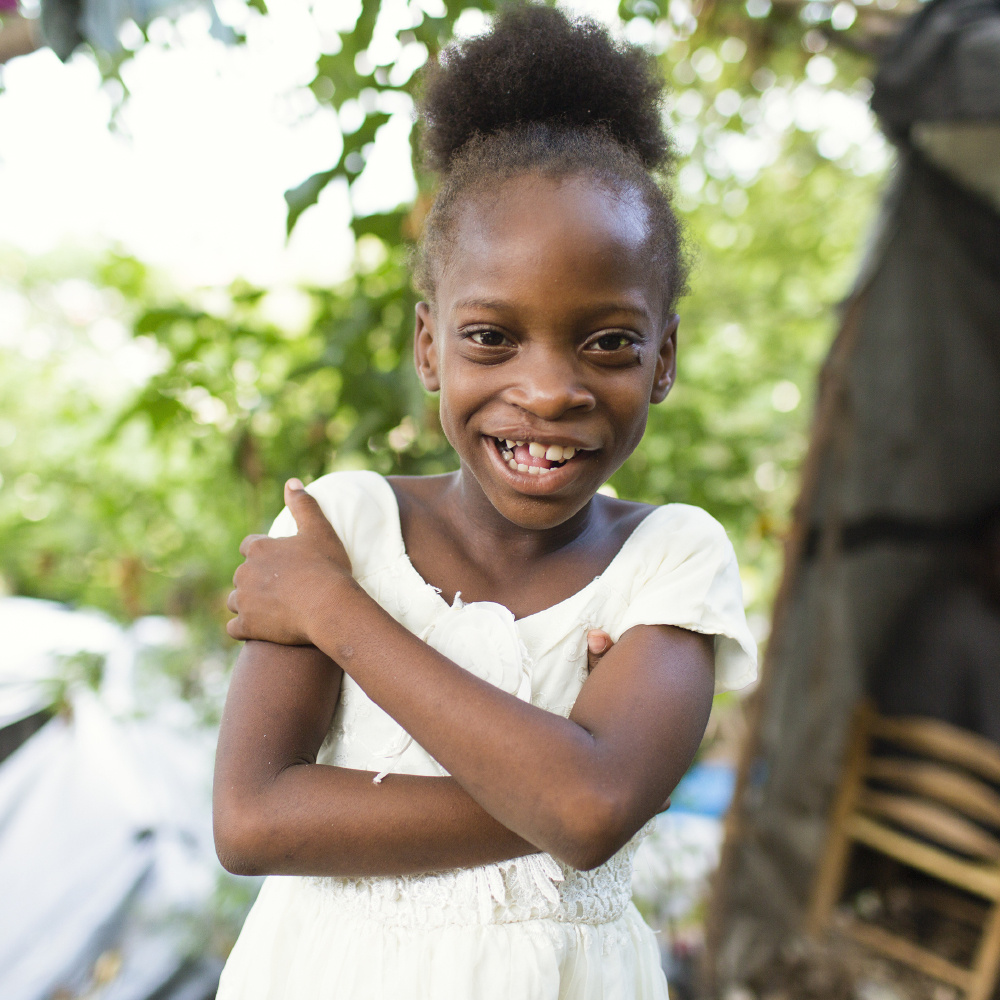Cleft lip and palate are facial malformations which occur when a baby's mouth does not form properly during pregnancy. Each year, more than 170,000 babies in the developing world are born with the condition.

Girl with cured cleft lip
Despite the large number of children who are affected by cleft lip and palate on a global scale, there are unfortunately still many myths surrounding the condition, leading to much confusion about the effect it can have, and the ways in which it can be treated.
Here, Susannah Schaefer, CEO of international children's charity Smile Train - which provides 100% free cleft repair surgery for children in the developing world - dispels some of the most common myths concerning the condition…
1. Cleft lip and palate is purely a cosmetic concern - MYTH
Smile Train says: "Many people consider cleft to be only a cosmetic condition however, this is not the case as it is also a health and survival issue. Babies born with cleft lip and/or palate will often struggle with eating, breathing and speech development.
Cleft surgery, and related cleft treatment, is therefore extremely important for the child to take in the required nutrition they need, for proper speech development, and to help alleviate issues with breathing."
2. A Cleft Lip is Different from a Cleft Palate - FACT
Smile Train says: "A cleft lip occurs when the lip does not fuse together properly during foetal development. A cleft palate is a hole or opening in the roof of the mouth. A cleft palate occurs when the roof of the mouth (which is made up of both the hard and soft palate) does not fuse together properly."
3. Cleft can't be treated with surgery - MYTH
Smile Train says: "Reconstructive surgery for clefts has evolved over more than half a century and modern techniques and procedures have come a long way. Most experts agree that cleft lips should generally be repaired 3-6 months after birth. Cleft palates typically can be repaired between 9 and 18 months of age. However, most surgeries at even later ages are expected to be successful."
4. Children with clefts have learning difficulties - MYTH
Smile Train says: "Many people may regard children born with clefts as having a disability, usually because of the associated speech or hearing difficulties however, this is often not the case.
Although there are facial conditions that are associated with learning difficulties, many children born with clefts can expect achievement to be the same as their peers born without clefts."
5. Only children in the developing world are born with clefts - MYTH
Smile Train says: " Babies are born with clefts all over the world. It is estimated that more than 170,000 new babies with clefts are born in the developing world each year.
Typically, in developed countries, a child's cleft will be repaired soon after birth, but in the developing world many children with clefts are not as fortunate. Families in the developing world often do not have access to quality healthcare services or the resources to pay for proper cleft treatment."
For more information about the condition and how it can be treated, visit www.smiletrain.org
Tagged in children

